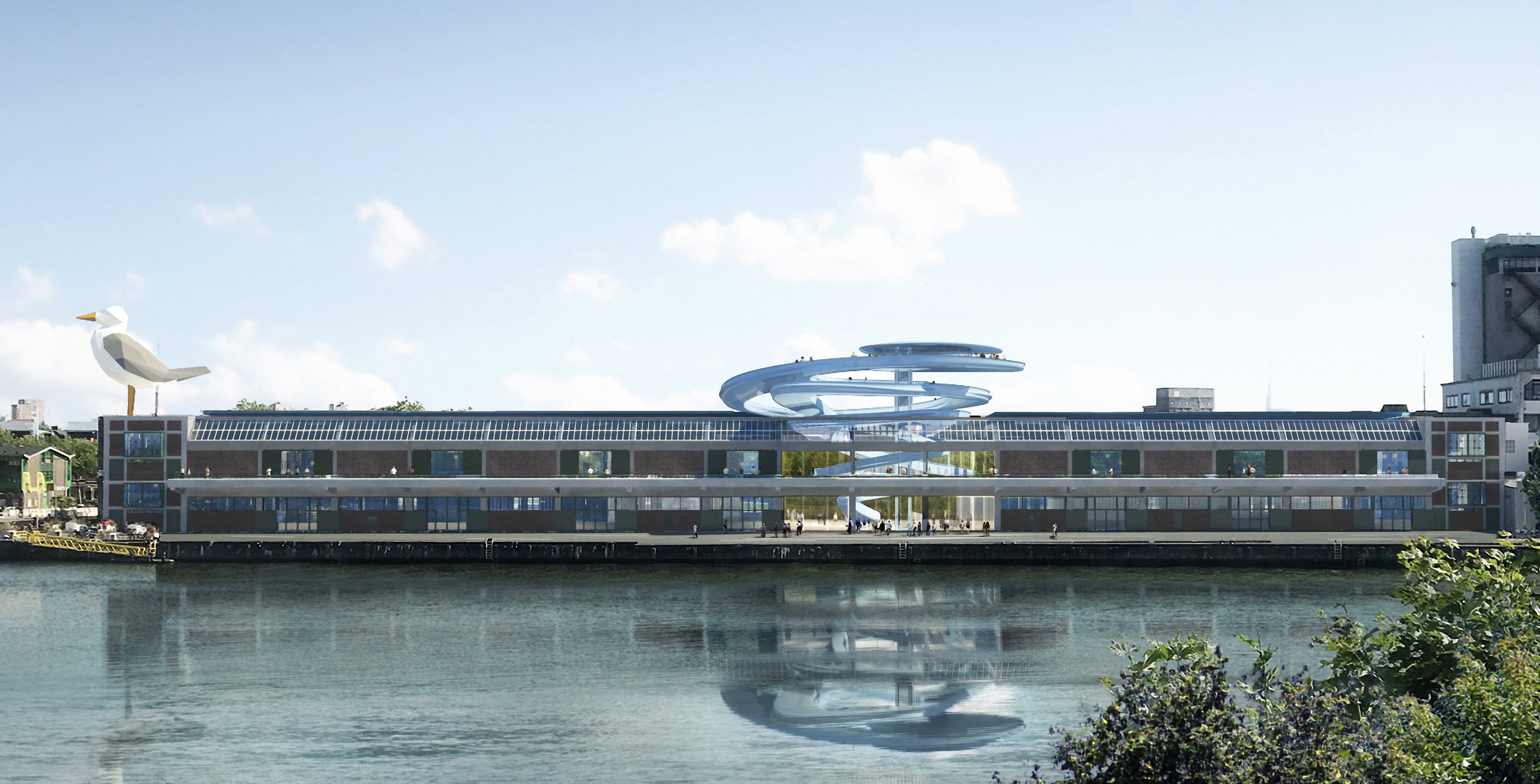
The Droom en Daad (Dream and Do) Foundation has announced that MAD Architects has been commissioned to create its flagship Fenix project in Rotterdam; a spiraling staircase that pierces the roof of a historic warehouse to form an observation deck. Under the artistic vision of director Wim Pijbes, the former general director of the Rijksmuseum and founding director of Museum Voorlinden, the Fenix is one of the first initiatives of the city-based philanthropic art and culture foundation. Built in 1923 by the Dutch architect C N van Goor, the Fenix warehouses in the historical Katendrecht borough are contained in an enormous concrete building, once used for the storage and transhipment of a variety of commodities, but ruined during Second World War.
‘We chose MAD directly, not via a competition, because we preferred to start a relationship from the very beginning,’ says Pijbes of the commission. In the 1900s, the Katendrecht peninsula, on the southern banks of the port of Rotterdam was one of the oldest Chinatowns in Europe; by appointing Beijing-founded firm MAD, this forgotten part of history will be revived. ‘Contrary to the current nondescript, international, could-be-anywhere modern architectural style where most buildings are rectangular and with a high-rise shiny facade, I wanted something rounded, organic or even feminine,’ adds Pijbes.

A strong, curvaceous design makes the renovated building feel eye-catching, yet softer and more organic
The futuristic, organic and sinuous design proposal certainly promises to soften Rotterdam’s rough and heavy industrial skyline. Yansong Ma, principal founder of MAD Architects explains its concept: ‘We have designed a 360-degree panoramic viewing platform on top of the warehouse as well as a staircase and ramp that connects from the ground floor to the rooftop observation deck. From a distance, the platform and staircase look like a single entity, but when it's in front of you, it stands as a sculptural work that invites you to explore. It both signifies the Fenix's witnessing of Europe's history of migration from the port and symbolises the future of the city.’
The design is intended as a metaphor for hope and a new perspective. ‘We want to give the visitor a dramatic viewpoint on the river, to evoke the feeling of getting aboard a ship that brings you to the other side of the ocean to start a new life,’ Pijbes explains.
The Fenix will be the first cultural building in Europe designed by a Chinese architectural studio, say the organisers. MAD is one of the few practising in the West – from its 2012 Absolute Towers in Toronto to the more recent Lucas Museum of Narrative Art in Los Angeles. ‘The West has been regarded as a role model by the rest of the world since the Industrial Age. There is no doubt that it is advanced in many aspects: technology, design and lifestyle. Hence, there have not been many firms from the East, especially from China, who have practised there,’ he says. ‘Now, we want to bring our Eastern design philosophy – the correlation between humans and nature – to Rotterdam.’
When completed, the Fenix will portray the stories of the docks’ millions of migrants through an art collection on the topic of ‘movement’. The ground floor of the warehouse will offer creative, culinary and cultural activities.

With this commission, MAD becomes the first practice from its country to design a prominent cultural building in Europe, the studio says
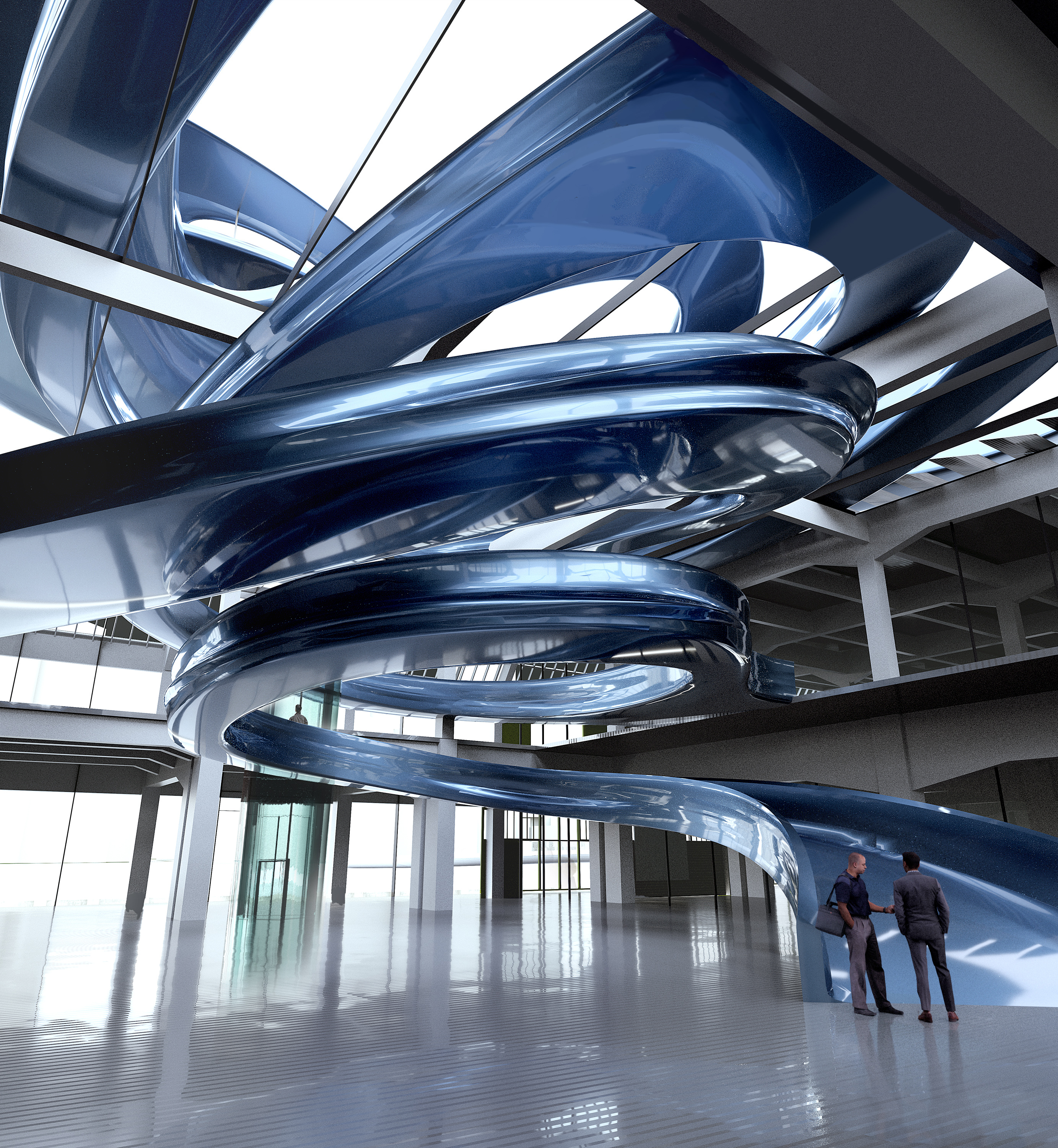
At the heart of the design sits a striking spiral circulation hub
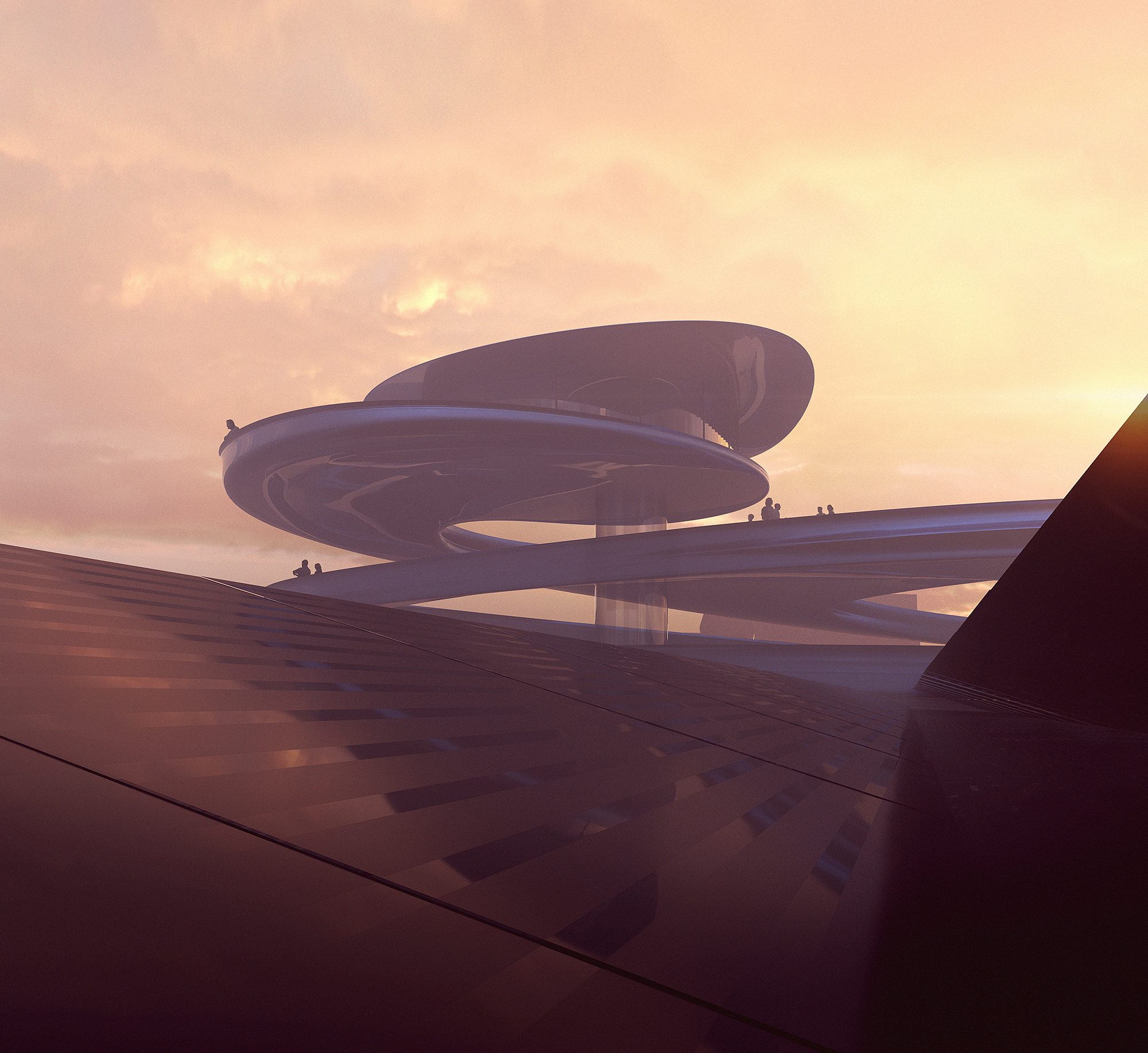
The project sits in the city's historical borough of Katendrecht
INFORMATION
For more information visit MAD Architects website
Receive our daily digest of inspiration, escapism and design stories from around the world direct to your inbox.
Yoko Choy is the China editor at Wallpaper* magazine, where she has contributed for over a decade. Her work has also been featured in numerous Chinese and international publications. As a creative and communications consultant, Yoko has worked with renowned institutions such as Art Basel and Beijing Design Week, as well as brands such as Hermès and Assouline. With dual bases in Hong Kong and Amsterdam, Yoko is an active participant in design awards judging panels and conferences, where she shares her mission of promoting cross-cultural exchange and translating insights from both the Eastern and Western worlds into a common creative language. Yoko is currently working on several exciting projects, including a sustainable lifestyle concept and a book on Chinese contemporary design.
-
 The Bombardier Global 8000 flies faster and higher to make the most of your time in the air
The Bombardier Global 8000 flies faster and higher to make the most of your time in the airA wellness machine with wings: Bombardier’s new Global 8000 isn’t quite a spa in the sky, but the Canadian manufacturer reckons its flagship business jet will give your health a boost
-
 A former fisherman’s cottage in Brittany is transformed by a new timber extension
A former fisherman’s cottage in Brittany is transformed by a new timber extensionParis-based architects A-platz have woven new elements into the stone fabric of this traditional Breton cottage
-
 New York's members-only boom shows no sign of stopping – and it's about to get even more niche
New York's members-only boom shows no sign of stopping – and it's about to get even more nicheFrom bathing clubs to listening bars, gatekeeping is back in a big way. Here's what's driving the wave of exclusivity
-
 Wang Shu and Lu Wenyu to curate the 2027 Venice Architecture Biennale
Wang Shu and Lu Wenyu to curate the 2027 Venice Architecture BiennaleChinese architects Wang Shu and Lu Wenyu have been revealed as the curators of the 2027 Venice Architecture Biennale
-
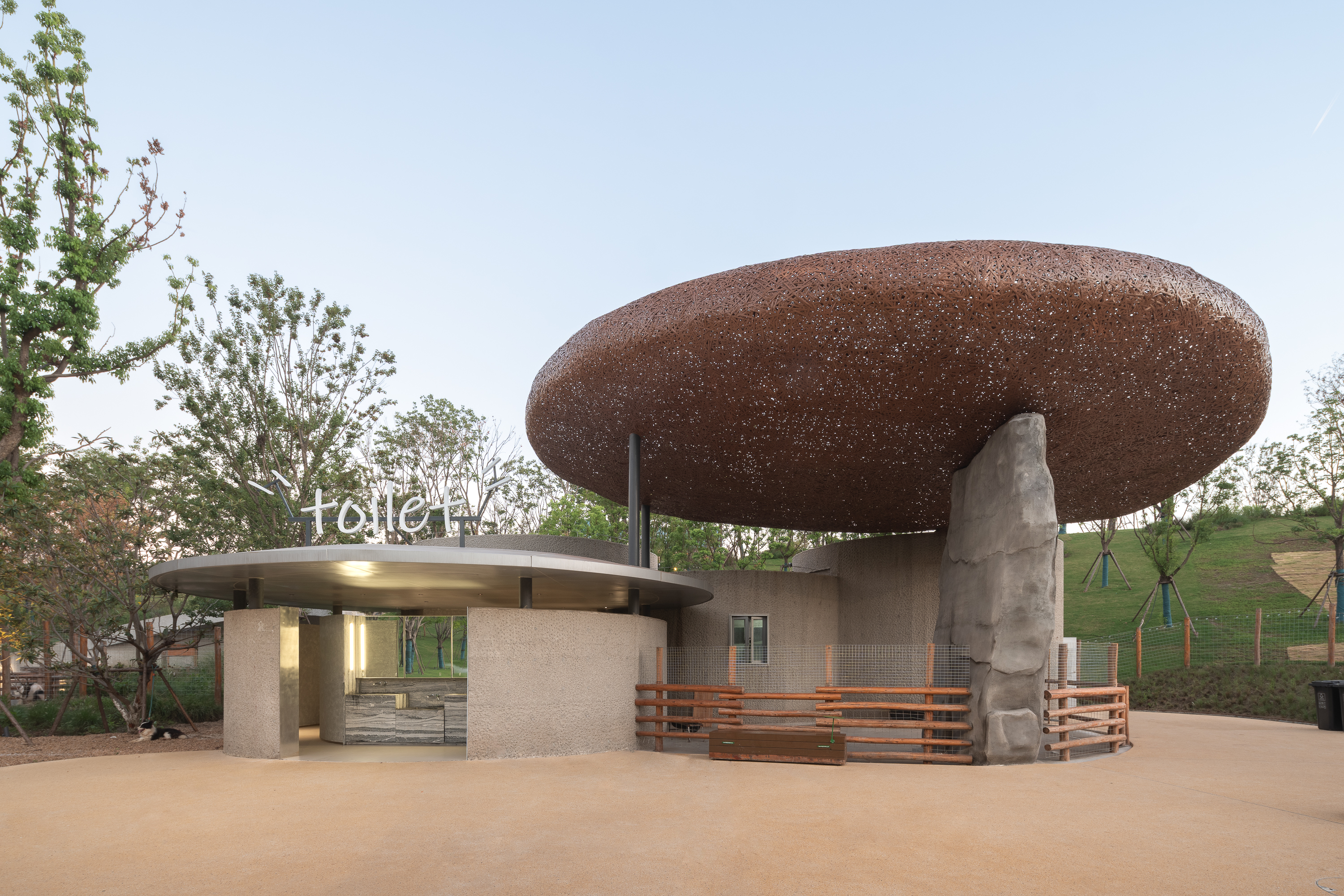 Tour this Chinese eco-farm, an imaginative wonderland connecting visitors with nature
Tour this Chinese eco-farm, an imaginative wonderland connecting visitors with natureLuxeIsland Farm by Various Associates is an eco-farm and visitor attraction in China’s picturesque Wuhan region; take a stroll across its fantastical landscape
-
 Honouring visionary landscape architect Kongjian Yu (1963-2025)
Honouring visionary landscape architect Kongjian Yu (1963-2025)Kongjian Yu, the renowned landscape architect and founder of Turenscape, has died; we honour the multi-award-winning creative’s life and work
-
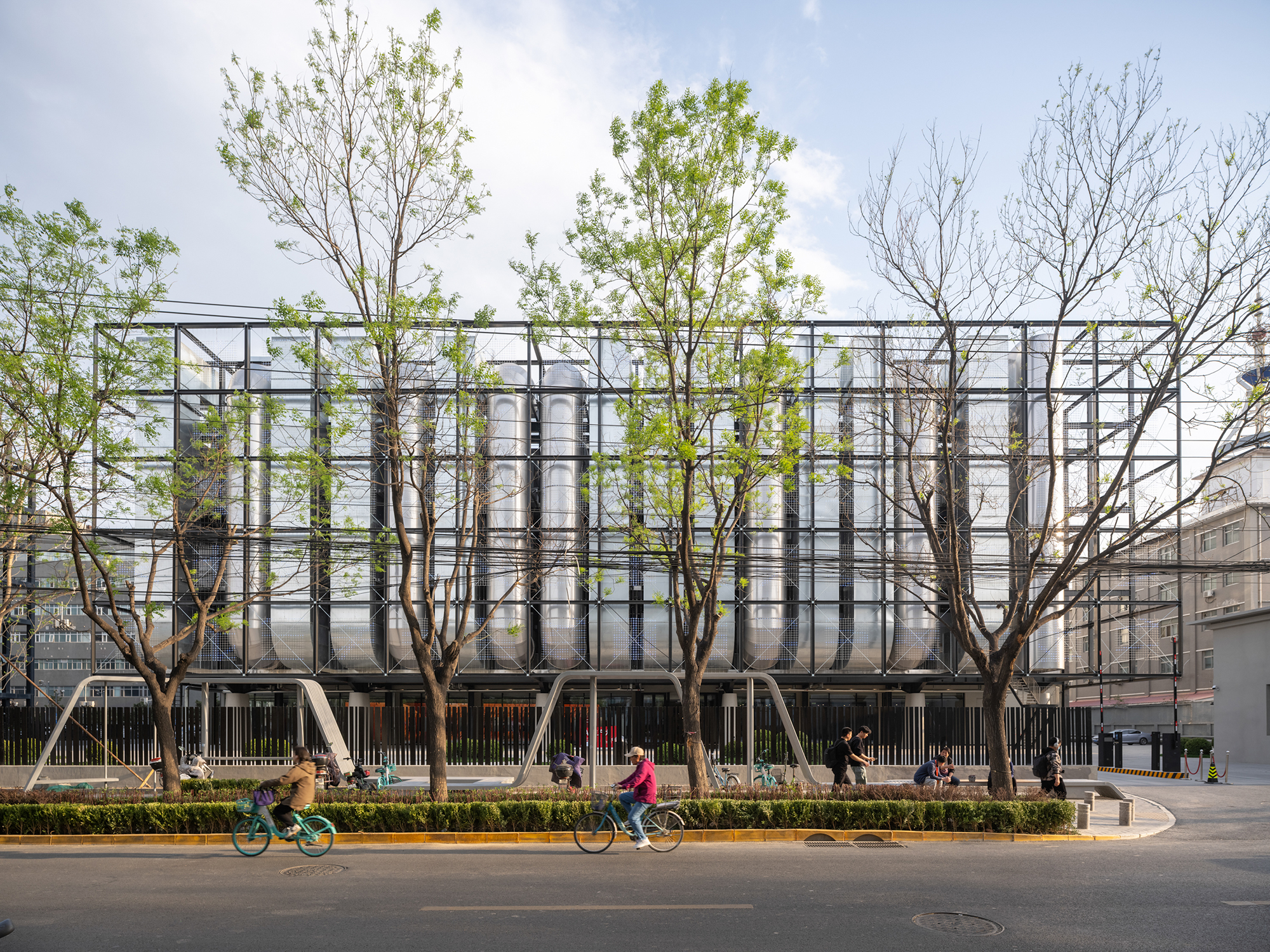 A new AI data centre in Beijing is designed to evolve and adapt, just like the technology within
A new AI data centre in Beijing is designed to evolve and adapt, just like the technology withinSpecialised data centre Spark 761, designed by llLab, is conceived as a physical space where humans and AI technology can coexist
-
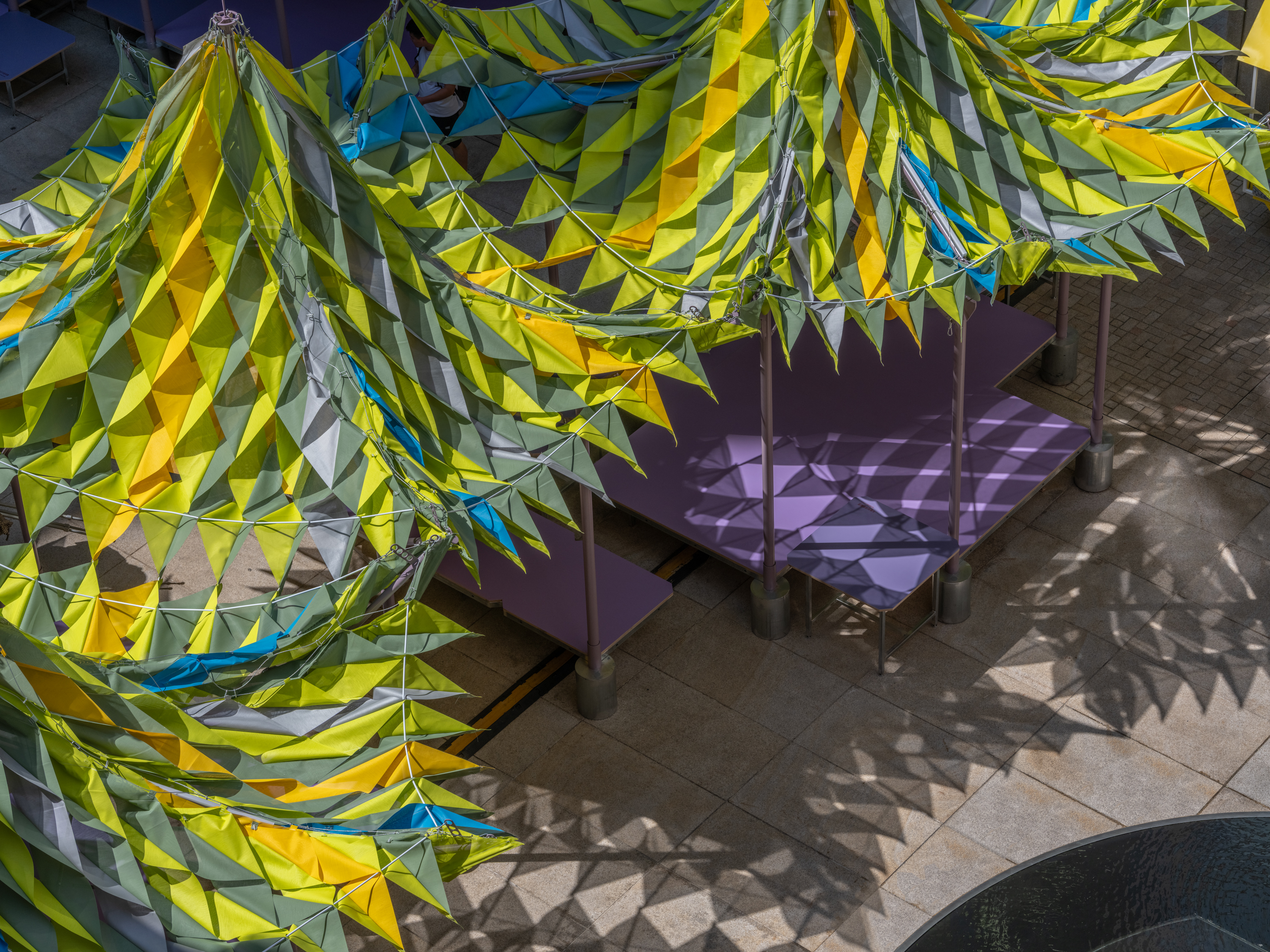 Shanghai’s biennial, RAMa 2025, takes architectural exploration outside
Shanghai’s biennial, RAMa 2025, takes architectural exploration outsideRAMa 2025, the architecture biennial at Rockbund Art Museum in Shanghai, launches, taking visitors on a journey through a historic city neighbourhood – and what it needs
-
 Atelier About Architecture’s ‘house within a house, and garden within a garden’
Atelier About Architecture’s ‘house within a house, and garden within a garden’House J in Beijing, by Atelier About Architecture, is an intricate remodelling complete with a hidden indoor garden and surprising sight lines
-
 A nature-inspired Chinese art centre cuts a crisp figure in a Guiyang park
A nature-inspired Chinese art centre cuts a crisp figure in a Guiyang parkA new Chinese art centre by Atelier Xi in the country's Guizhou Province is designed to bring together nature, art and community
-
 Ma Yansong's latest project is anchored by a gleaming stainless steel 'tornado'
Ma Yansong's latest project is anchored by a gleaming stainless steel 'tornado'The new Fenix museum in Rotterdam, devoted to migration, marks MAD's first European cultural project.